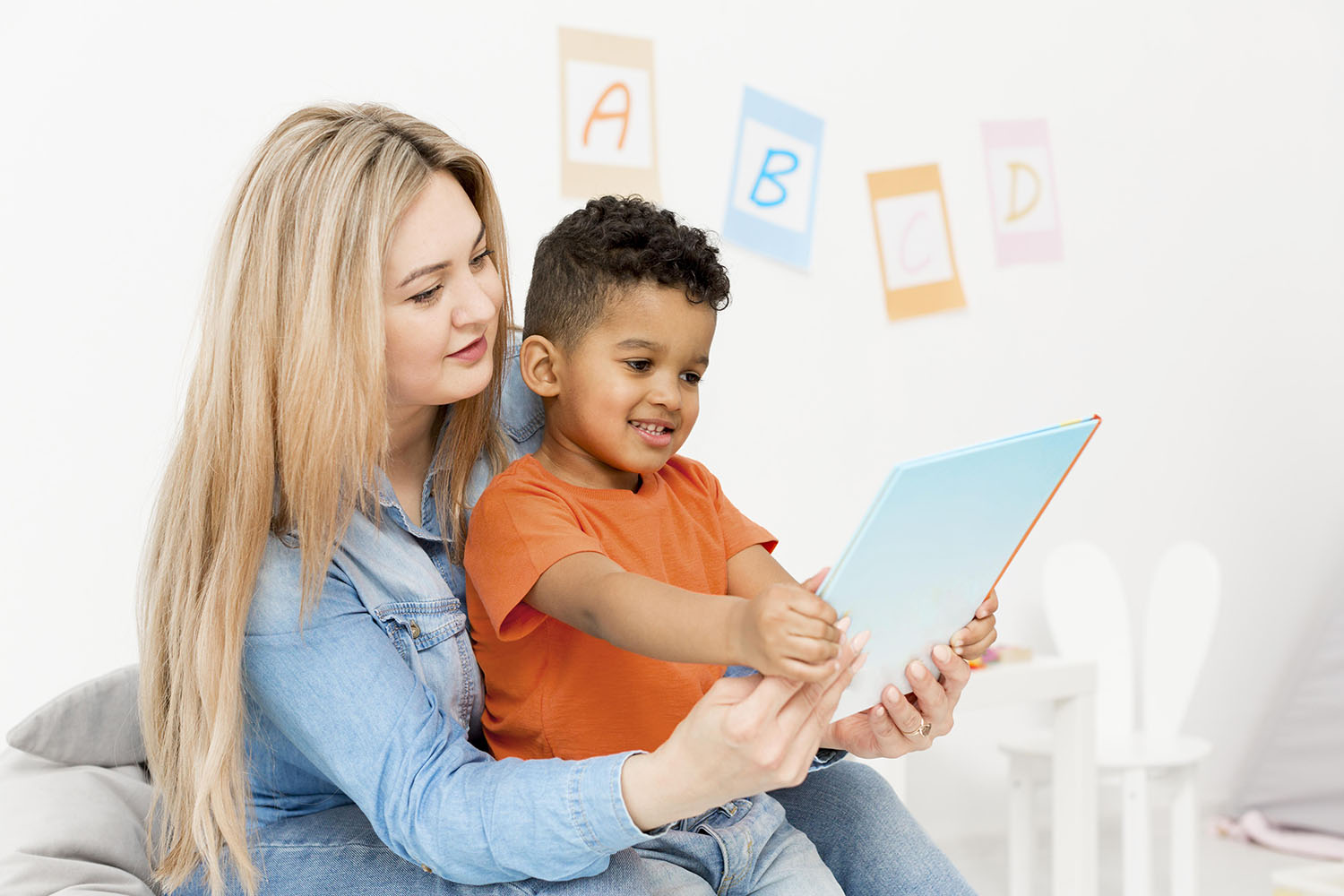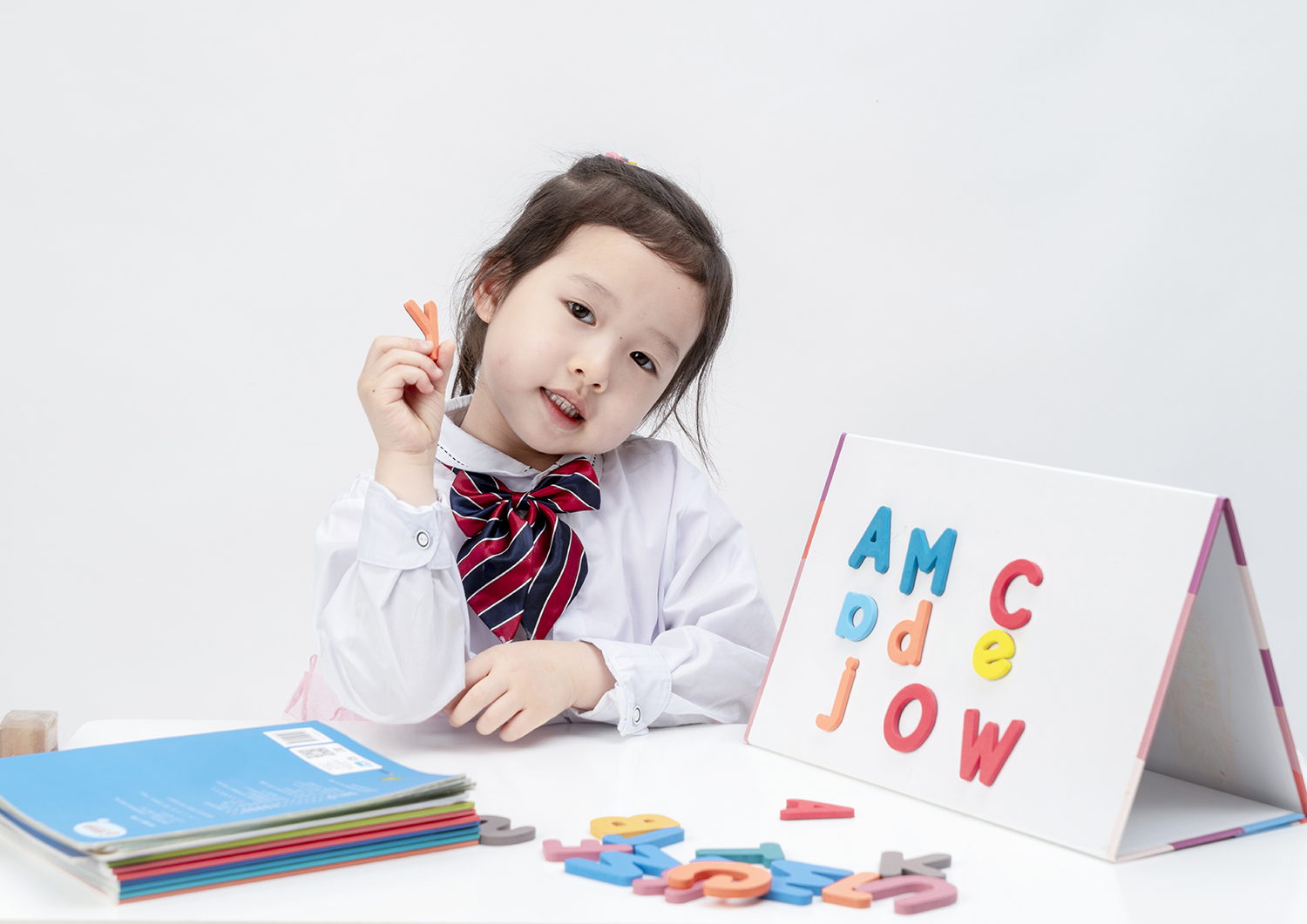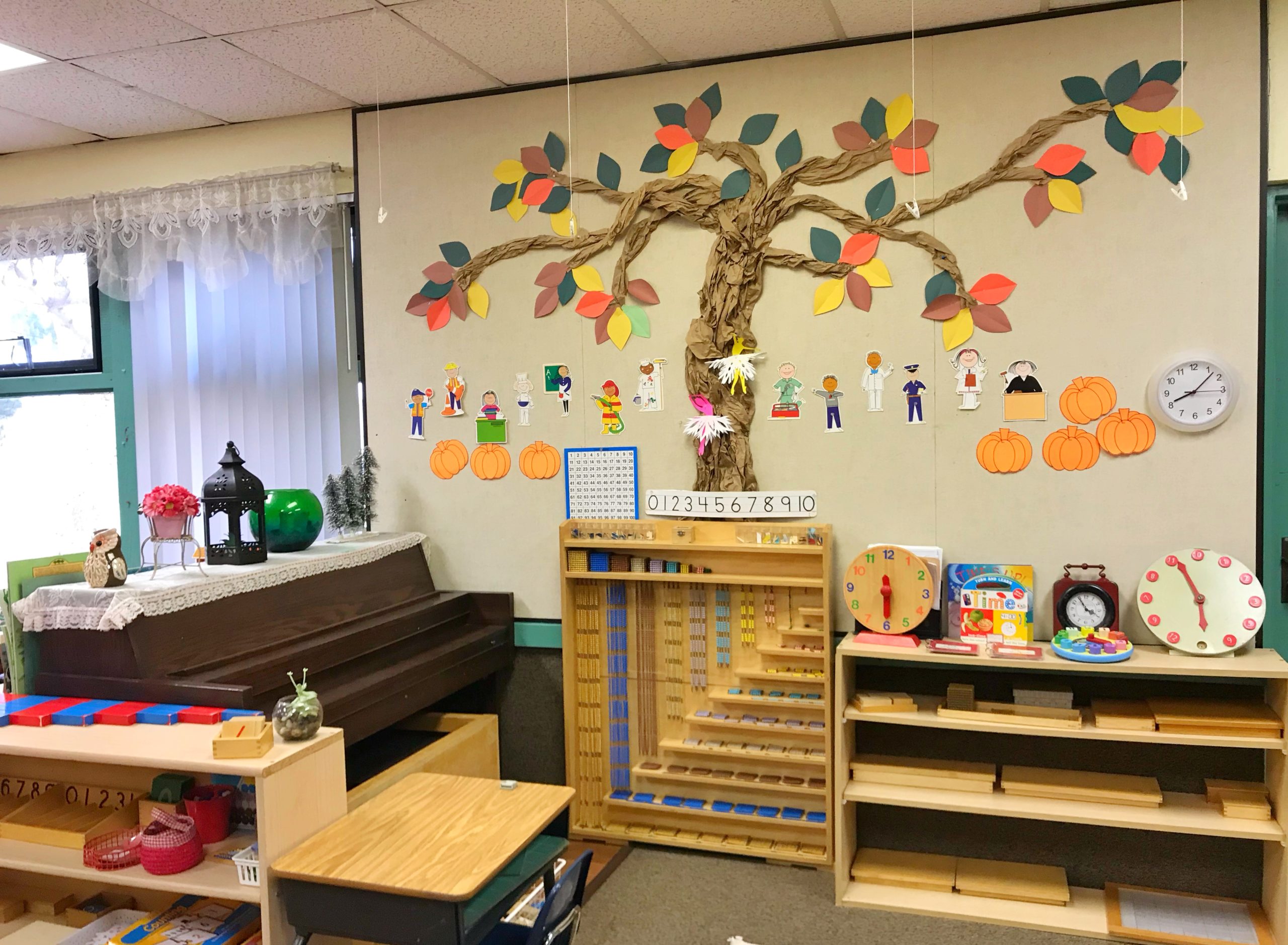
Bilingual education in children can be very beneficial in preparing them for the working world. However, young ones may get frustrated when trying to learn a new language. That’s why the Montessori method can be very helpful when attempting to teach English, Spanish, or any other language.
As we have seen, the Montessori approach can be implemented in various areas of early education. While it is commonly used as a general learning method for writing, reading, or mathematics, this technique can also be applied to teach a new language to children, including those who are still learning their base language.
What are the advantages of learning another language with Montessori?

We are well aware that learning another language, regardless of the age at which the process begins, comes with significant advantages. For example, it develops cognitive flexibility, enhances memory capacity, and even improves creativity.
When we combine these benefits with the advantages of the Montessori method, we realize that the best way for children to learn another language is by implementing this teaching technique when choosing a school or language classes, whether it be for English, French, Spanish, or any other language. In fact, at Central Montessori School (CMS), we have a bilingual teaching program that starts from preschool. This allows them to learn Spanish while engaging with other subjects and topics. Moreover, our teaching approach is so natural that children have fun learning another language without frustration.
In this case, because the Montessori method adapts to the child’s needs and capabilities, learning another language can be like a game. Therefore, this technique can be implemented from early childhood while they are still learning their base language. However, it’s essential to remember that the primary language is crucial, and the second language should be part of the enjoyment, without forcing the child to learn or memorize specific terms. Remember, the Montessori method is not about pressuring the child to learn a new skill but making the tool a part of their everyday life. Additionally, the second language should serve as a supportive element for the child. As a result, specialists recommend involving children in other languages from birth so that it becomes a natural part of their growth.
Another advantage of learning a language with the help of the Montessori method is the possibility of incorporating multisensory activities. With these activities, not only will the child’s overall development improve, but their language skills, including the ability to learn another language, will also be enhanced. Remember, this type of teaching involves all five senses, so if they are going to play and learn another language, it’s important to engage all the senses to make it more enjoyable. Additionally, you can use different elements and textures for the activities.
How to learn another language with the Montessori method?

First, you should consider which language you want your child to learn. Usually, families choose English or Spanish, depending on their native language, for their children’s language classes. In this case, you can use the same principle when selecting the second language. You can also consider the future opportunities the language may bring, especially in terms of the working world. Remember that our bilingual program allows children to learn Spanish. However, you can also adapt the teaching technique for learning another language.
Another aspect to consider for language learning is to start with everyday words. Use the same words they began learning to speak. You can use images with their meanings in the chosen language and have the child start associating them. If the child is learning to identify family members, you can use their photographs and add the word in the other language.
Songs in another language are also essential in helping children learn. Just like the images, you can use melodies with basic terms and explain to the child the meaning of each one. Similarly, stories are significant tools within the Montessori methodology. Hence, you can find stories about daily and real-life activities that the child can comprehend, available in either the chosen language or both. Remember that this learning technique advises against involving elements of fantasy, as they cannot encounter them in daily life. Thus, the stories, songs, or poems should revolve around real-life situations.
The next step would be writing and reading. Sandpaper letters can be an excellent tool to assist with this process. Just like the child learns to write or read in their primary language, they can apply the same technique to another language. In this case, they can use wooden boards with the initial letter of each word and learn the sound of each letter according to the chosen language. Later on, they can form words with different textures. We recently discussed how you can involve the Montessori method to teach your children how to read. If you don’t remember, you can search for the article ‘ABC of Reading with Montessori’ in this same blog to learn more about this topic.
Lastly, engage in spontaneous conversations in another language. The important thing is for the child to learn casually and joyfully, without pressure or grading their progress as if it were a compulsory subject. Remember that at CMS, we have specialized programs in small classrooms to help children continue developing their skills and apply the knowledge they’ve acquired.
In conclusion, the Montessori method proves to be a wonderful and effective approach to teaching languages to children. By embracing this technique, parents and educators can ensure that language learning becomes a natural part of a child’s growth and development, offering them the gift of multilingualism and preparing them for a successful future. At CMS, we are dedicated to helping children thrive in their language journey and continue their development in small, specialized classrooms, applying the knowledge they’ve acquired throughout their education. Embrace the Montessori method for language learning, and watch your child flourish in a world of endless possibilities.




